テキスタイルデザイン / SOU・SOUオリジナルのテキスタイルデザイン紹介
“小舞 平成28年”
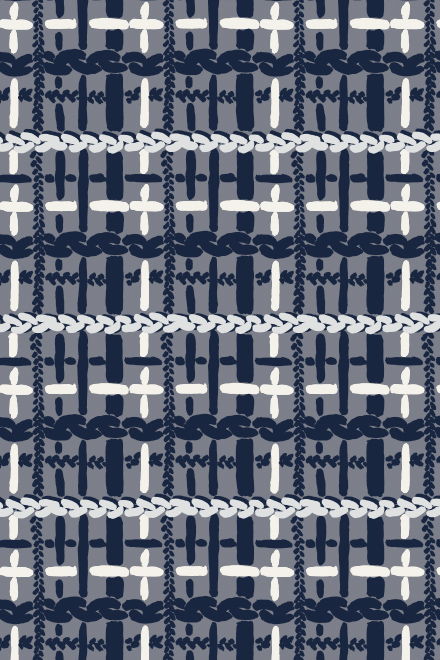
小舞という言葉は聞いたことがないと思う
日本建築の土壁の下地として
竹と縄で格子状に編んだもので
京都の方言だそうです
その上に土壁を塗り
しっくいなどで仕上げます
小舞は下地なので
出来上ると見えなくなるものですが
しっかりと壁を支えます
地味な存在ですが重要なもので
素朴で美しく
いとおしくさえ感じます
(脇阪 克二)
Komai (2016, by Katsuji Wakisaka)
I think you might have never heard the term "komai".
It is used as a base for clay walls in Japanese architecture.
It's made of bamboo and rope woven in a grid pattern.
And the name is from a dialect of Kyoto.
The wall is then finished with plaster.
The komai is the base of the wall,
so you can't see it when the wall is finished.
However, it supports the wall firmly.
It is a plain but important part of the wall,
while being unembellished, beautiful and even adorable.
| English translation by Alison Chuang |
Lattage de bambou (2016, par Katsuji Wakisaka)
Vous n’avez probablement jamais entendu le mot « lattage ».
Il s’agit de damiers de bambou tressés utilisés
Comme base pour les murs en terre des vieilles bâtisses japonaises.
Ce mot serait d’origine de la ville de Kyoto.
Ces damiers sont recouverts de terre, puis plâtrés.
Comme le lattage constitue la base du mur,
Il n’est pas très esthétique mais il le soutient solidement.
Bien que sobre, il est important, tout en étant simple, élégant et précieux.
| Traduction française par JB&B |
小舞 (2016, 脇阪 克二)
日文中有一個單字「小舞」,其涵義鮮爲人知
「小舞」是日本建築用語,也是京都方言
專指土牆下面由竹與繩子編製而成的格狀基底
用小舞打好牆底,接著再敷上土層,最後塗上灰漿
傳統日式土牆便完成了
小舞作爲牆基,雖不為人所見
卻默默支撐著牆體
如此不張揚卻至關重要的存在
讓人感受到一種樸素的美與可愛
| 中譯 : 李 瀟瀟 |
→こちらのテキスタイルデザイン商品
(Textile products with this pattern)







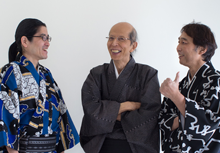

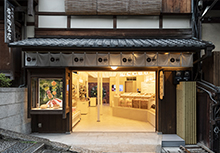

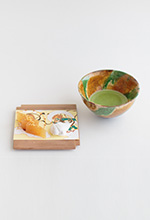
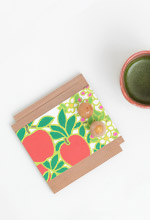
 お問い合わせ窓口
お問い合わせ窓口